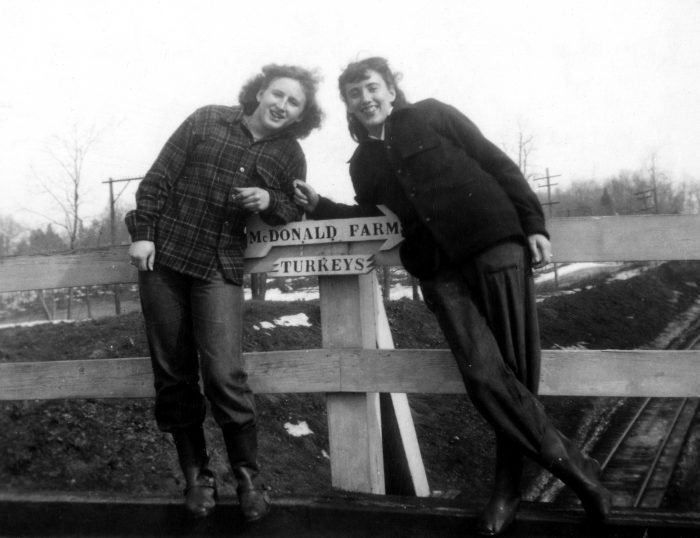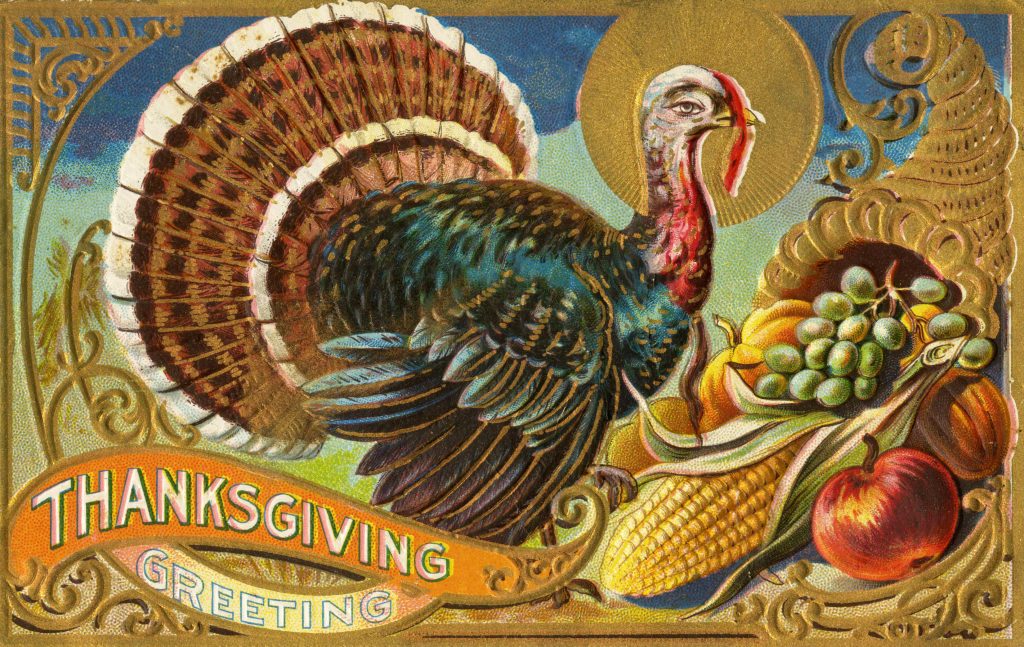Hometown History: Talking turkey about McDonald Farms

McDonald Farms, once the largest turkey breeding farm in New York state, was located south of Sheep Pasture Road and the LIRR tracks in Port Jefferson Station.
Established in 1939 by the William P. McDonald Construction Company, the farm was tucked away in the woods nearby McDonald’s sand mine on Sheep Pasture Road.
In 1944, Ledkote Products Company, the corporate predecessor of now-shuttered Lawrence Aviation, purchased McDonald Farms and continued raising turkeys on the property.
Retaining the name McDonald Farms, the business flourished after World War II, creating a demand for poultrymen who were offered $30 per week and lodging as compensation.
In 1947, the farm had 5,000 breeders and raised over 20,000 Broad Breasted Bronze and White Holland turkeys, advertised as the “undisputed monarchs of the entire turkey kingdom.”

The business boasted everything necessary to ready birds for the market, including incubators, nurseries, floor brooders, houses for the hens and toms, ranges planted in clover and dressing rooms.
A leader in the poultry trade, McDonald Farms hosted the regional Northeastern Turkey Growers Convention in July 1947. The two-day event featured a tour of the farm, a banquet at Teddy’s Hotel and Restaurant at the intersection of Main and East Broadway in Port Jefferson, and agricultural programs at Port Jefferson High School.
McDonald Farms generously donated turkeys to needy individuals and charitable organizations, not only on Thanksgiving but throughout the year.
The business also welcomed field trips from students in all age groups, reaching youngsters in the lower grades as well as upperclassmen in John E. Berney’s vocational agriculture class at the high school.
A roaring fire destroyed a four-story feed hopper at McDonald Farms in April 1955, but fortunately no fatalities or serious injuries resulted from the blaze.
Beginning in 1959, Lawrence Aviation began manufacturing titanium sheeting at what was formerly the McDonald Farms property, marking the site’s transformation from agricultural to industrial use.
Kenneth Brady has served as the Port Jefferson Village historian and president of the Port Jefferson Conservancy, as well as on the boards of the Suffolk County Historical Society, Greater Port Jefferson Arts Council and Port Jefferson Historical Society. He is a longtime resident of the village.






